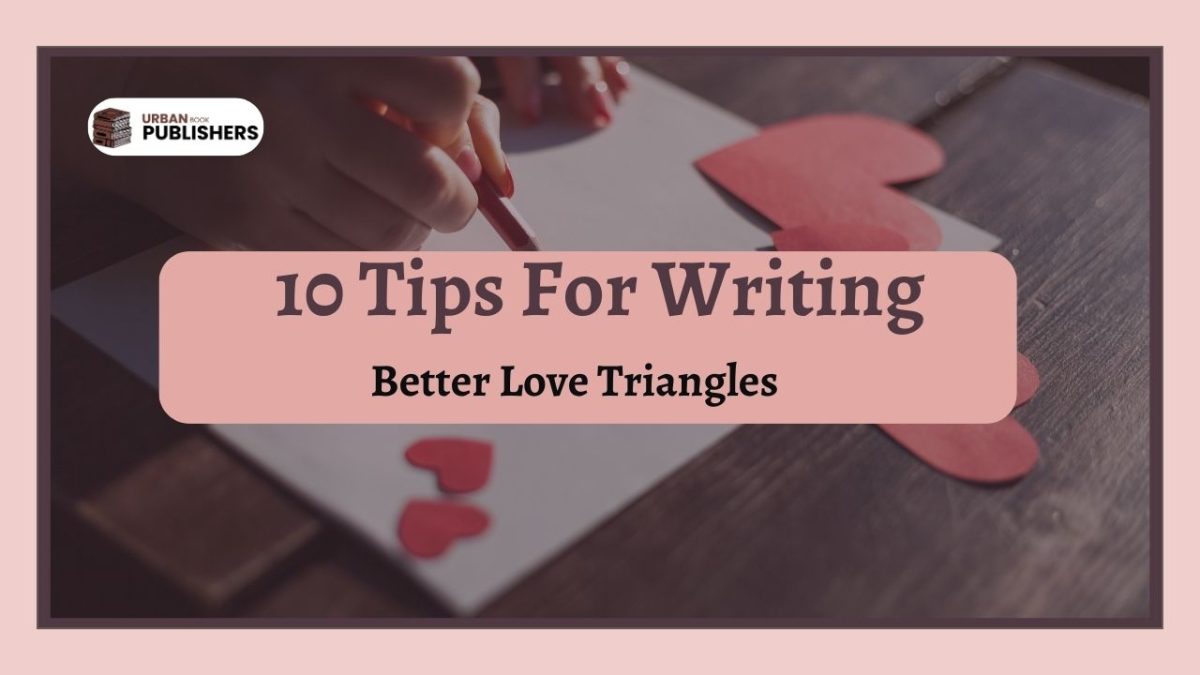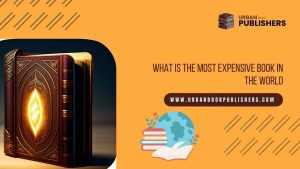
Writing
Just Press Play To Hear The Piece.
A love triangle is when three or more people are in love with each other. They’ll be known as character A (the main character), character B (one suitor), and character C (the other suitor).
Characters B and C love Character A and compete to get her attention and love. A character loves B and C, but she can only be with one.
Before you write a love triangle story, you must decide whether you’re writing a romance novel or a story with a romantic subplot. This will determine how much “weight” the relationship will have in your story.
Tips for Writing Dynamic Love Triangles
1. Develop Each Character’s Unique Personality Traits:
In a compelling love triangle story, each character must be distinct and fully fleshed out with their desires, fears, and motivations. Take the time to engage in each character’s backstory, personality traits, and goals. Consider their strengths, weaknesses, and how they interact with others. Developing well-rounded characters will create a love triangle that feels authentic and compelling to your readers.
For example, in a love triangle involving three high school students, you might have:
- Sarah: The shy bookworm who harbors a secret passion for writing poetry.
- Jake: The popular jock with a rebellious streak and a troubled family life.
- Emily: The outgoing cheerleader who struggles to balance her responsibilities with her desire for independence.
By giving each character their distinct personality traits and interests, you’ll create a love triangle that feels dynamic and believable.
2. Ensure That Each Character Actively Pursues Their Desires:
Each character in a well-written love triangle story should actively go after what they want and compete for the other characters’ love. Instead of passive characters reacting to what others do, you should focus on characters who do things independently and move the story forward.
For example, instead of having Sarah passively wait for Jake and Emily to notice her, have her take proactive steps to pursue her happiness. Perhaps she starts a poetry club at school and invites Jake and Emily to join, sparking a rivalry between the two for Sarah’s attention.
Ensuring that each character actively pursues their desires will create a love triangle filled with tension, drama, and emotional stakes.
3. Create Tension with Conflicting Goals and Motivations:
One character might want safety and stability, while another might want excitement and adventure. Or, one character might be driven by ambition and success, while another might value relationships and personal connections more. Keep your narrative tense choice sorted from the beginning.
For example, in our high school love triangle, Jake might be torn between his desire to rebel against his family’s expectations and his growing feelings for Sarah, who represents stability and comfort. Meanwhile, Emily might be torn between her loyalty to her cheerleading squad and her attraction to Jake’s rebellious nature.
Creating conflicting goals and motivations will add depth and complexity to your love triangle, keeping readers engaged and invested in the outcome.
4. Use Dialogue to Reveal Emotions and Deepen Relationships:
In a love triangle story, dialogue is a great way to show how you feel, strengthen relationships, and move the story forward. The characters’ inner lives and interactions can be brought to life through dialogue.
For example, instead of describing Sarah’s feelings for Jake and Emily, show them through her conversations with her friends or inner monologue. Perhaps she confides in her best friend about her conflicted feelings or argues with Emily over Jake’s affections.
Using dialogue to reveal emotions and deepen relationships, you’ll create a love triangle that feels authentic and relatable to your readers.
5. Avoid Clichés with Unexpected Twists and Turns:
Love triangles can easily fall into cliché territory if not handled carefully. Avoid tired tropes and clichéd plot twists by incorporating unexpected twists and turns into your story.
For example, instead of having Sarah predictably choose between Jake and Emily, throw a curveball by introducing a new love interest for Sarah or having Jake and Emily realize they have more in common than they thought. You’ll keep readers engaged and invested in the love triangle’s outcome by subverting expectations and keeping readers guessing.
6. Show Characters’ Growth and Development:
A compelling love triangle story should focus not only on the characters’ romantic entanglements but also on their personal growth and development. Show how the characters change and evolve throughout the story, both individually and concerning each other.
For example, perhaps Sarah starts as a shy wallflower but gains confidence and assertiveness as she navigates the complexities of the love triangle. Or maybe Jake learns to confront his demons and embrace vulnerability as he grapples with his feelings for Sarah and Emily.
You’ll create a love triangle that feels dynamic and richly layered by showing the characters’ growth and development.
7. Keep Pacing Brisk with Intimacy and Conflict:
Maintaining a brisk pace is essential in keeping readers engaged in your love triangle. Alternate between moments of intimacy and conflict to keep the story moving forward and maintain tension throughout.
For example, intersperse romantic moments between Sarah and Jake with heated arguments between Jake and Emily to keep readers on their toes. By balancing moments of intimacy with conflict, you’ll create a love triangle that feels dynamic and exciting.
8. Use Sensory Details to Immerse Readers in the Emotional Landscape:
Sensory details are essential for immersing readers in the emotional world of your love triangle story. Use vivid descriptions of sights, sounds, smells, tastes, and textures to evoke the characters’ emotions and create a vivid sense of place.
For example, describe how Sarah’s heart races and her palms sweat whenever she’s near Jake or how Emily’s stomach churns with jealousy when she sees Jake and Sarah together. By using sensory details to evoke the characters’ emotions, you’ll draw readers into the world of your love triangle and make them feel like they’re experiencing it firsthand.
9. Give Characters Agency with Impactful Choices:
Try to explain a single story by allowing them to make choices that impact the trajectory of the love triangle. Avoid making characters passive victims of circumstance and empower them to take control of their destinies.
For example, instead of having Sarah passively wait for Jake to choose between her and Emily, have her confront him about his indecision and boldly declare her feelings. By giving characters agency, you’ll create a love triangle that feels dynamic and empowering.
10. Resolve the Love Triangle in a Satisfying and Believable Manner:
Finally, it’s essential to resolve the love triangle story satisfyingly and believably that honors the characters’ journeys and growth. Avoid rushed or contrived resolutions, and instead, carefully craft an ending that feels true to the characters and their relationships.
For example, perhaps Sarah ultimately chooses to pursue her happiness and independence, regardless of whether she ends up with Jake or Emily. Or maybe Jake and Emily realize that they’re better off as friends and support each other as they move on to new relationships.
Resolving the love triangle satisfyingly and believably will leave readers feeling fulfilled and emotionally invested in the characters’ journeys.
Famous Love Triangle Stories:
Here are a few cases of interesting love triangles recommended by the Urban Book Publishers:
- Elizabeth Bennet has to pick between Mr. Darcy and Mr. Wickham. (Pride and Prejudice)
- Bella Swan has to pick between Jacob Black and Edward Cullen (Twilight).
- Katniss Everdeen must choose between Peeta and Gale (The Hunger Games).
- Rony Gilmore has to pick between Dean and Jess (Gilmore Girls).
Conclusion:
Crafting a compelling love triangle story requires careful attention to character development, plot structure, and emotional resonance. By following these ten in-depth strategies, you’ll be able to write and promote with the help of book publishing services that will win the hearts of your readers from start to finish.




